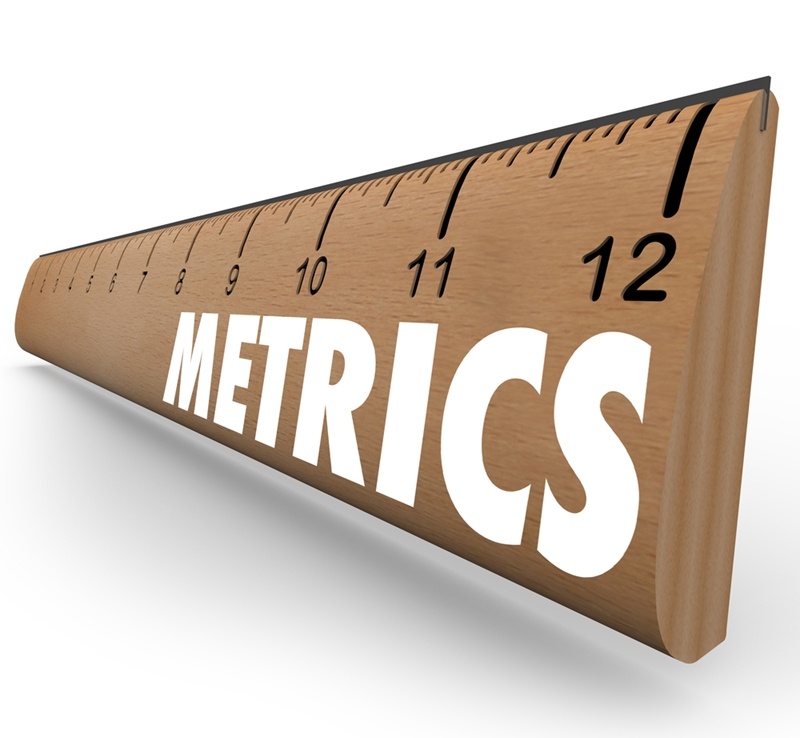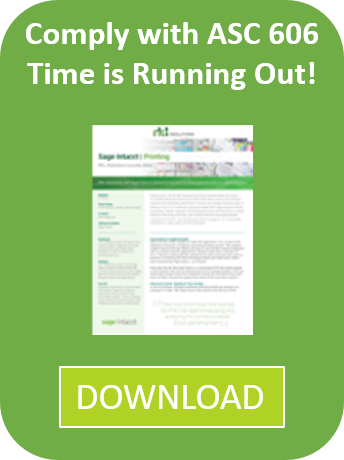What do you subscribe to? Ten years ago, you might have said "a magazine" or "Netflix DVDs by mail." Today, the answer is probably "Spotify" or "Office 365." Subscription-based cloud financial applications, aka Software-as-a-Service, have indeed been the biggest beneficiaries of this shift in how we consume everything from music to productivity software.
For example, in late 2015, the market cap of Salesforce.com alone was twice the size of the entire public cloud market in early 2008, according to a recent presentation from members of Intacct and Bessemer Venture Partners. SaaS is still a rapidly growing market, thanks to its convenience for both customers (no IT infrastructure required) and vendors (ability to build a recurring revenue stream).
But simply setting up shop as a SaaS company today is no guarantee of success. SaaS organizations are uniquely beholden to a diverse set of stakeholders, including their boards of directors, venture capitalists and Wall Street investors. As such, they must deliver timely, accurate reports on their financial metrics to these groups, yet many of them struggle to do so.
Metrics reporting: Why SaaS is so different from traditional software
Back when selling software was still about shifting CDs, DVDs and one-off perpetual licenses (e.g., for the most recent edition of Adobe Photoshop), sales departments were the usual drivers of revenue forecasts. The number of sales that they could realistically close in a given quarter determined the financial outlook. Key metrics included:
- Profits
- Recognized revenues
- Operating expenses
- Quote to cash
Under a SaaS model, many of these still apply, especially revenue recognition and quote to cash. Fresh requirements enter the picture, too, such as the need for tight Salesforce integration and the newly central role of efficient subscription billing. A SaaS business is built upon recurring revenue, and so it is not necessarily well-summarized by the point-in-time metrics that were useful for traditional software sales.

What metrics do SaaS companies need to keep tabs on?
Instead, these metrics in particular are vital for SaaS CFOs and finance teams to track, compile and show to their respective organizations:
- Customer monthly recurring revenue
- Annual contract value
- Churn (for revenue as well as customers)
- Customer acquisition cost
- Lifetime value of a customer
The problem is that there is a mismatch between what SaaS firms need visibility into and the old tools that they rely upon for such insight. Metrics have to be pulled together from multiple data sources, such as Salesforce, Excel and accounting software, at the end of each month. All of these numbers are then consolidated into a manually prepared spreadsheet – a time-consuming and error-prone process that is not a good fit for the fast-moving SaaS world.
"There is a mismatch between what SaaS firms need and the tools they currently have."
The ideal is to instead access information on-demand throughout the month and see how churn, acquisition costs and other metrics evolve. Excel sheets and legacy financial apps can't deliver here. However, cloud accounting software such as Intacct is a perfect solution to this problem for SaaS vendors.
What cloud ERP and accounting can do for SaaS metrics tracking
 Say you are a vice president of finance at a SaaS organization. You want timely, accurate reporting that you can use to improve your monthly processes, keep your stakeholders informed and ultimately plan ahead. Upgrading from spreadsheets and legacy software to something like Intacct helps you hit all of these marks, providing essential benefits such as:
Say you are a vice president of finance at a SaaS organization. You want timely, accurate reporting that you can use to improve your monthly processes, keep your stakeholders informed and ultimately plan ahead. Upgrading from spreadsheets and legacy software to something like Intacct helps you hit all of these marks, providing essential benefits such as:
- Visibility into essential SaaS metrics, without having to dig deep into Excel sheets.
- An audit trail that is easy to present to and talk about with your key stakeholders.
- A consolidated view of everything from within the accounting app, which is already used each day.
- Less time spent pulling numbers from disparate sources, meaning more ability to analyze them and plan accordingly for your future.
Apperian was able to streamline its reporting in these ways by implementing the Intacct Digital Board Book, and many other SaaS companies now have a similar opportunity. With the help of an experienced implementation partner like Arxis, you can start making a successful transition from the accounting processes of yesterday's software business models to ones more appropriate for SaaS and subscription-oriented metrics. Your particular requirements will be taken into account and directly addressed in your cloud-based solution.



